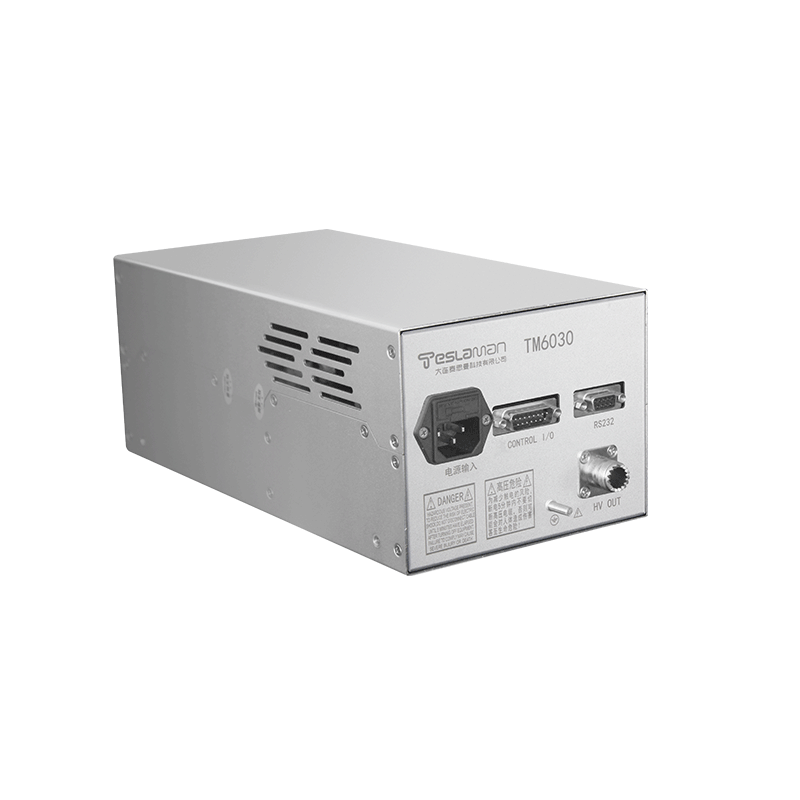Precision Power Supply: The Silent Guardian of Image-Guided Surgery
In an image-guided surgery (IGS) suite, a robotic arm hovers above the patient’s body while real-time 3D maps of tissues are projected onto screens. AI algorithms calculate resection paths within milliseconds. Behind this seamless orchestration lies an unsung hero: high-voltage power supply technology. Its precision now underpins the safety and reliability of modern surgery.
1. Critical Power Requirements in IGS Systems
Microvolt-Level Voltage Stability
Imaging devices (e.g., intraoperative CT/MRI) require ultra-stable voltages. For instance, MRI gradient coils demand ±15kV DC output with ≤0.5% error. Voltage fluctuations exceeding ±1mV may cause image artifacts or anatomical mis-segmentation, compromising navigation accuracy.
Zero-Interruption Power Continuity
Power switching must occur within 0.5 seconds, supported by dual independent sources + UPS redundancy. Sudden power loss during robotic movement could result in path deviation, risking nerve or vascular injury.
Stringent Electromagnetic Compatibility
Surgical environments generate electromagnetic noise from electrosurgical units and monitors. Power supplies must comply with EN55011 Class B, limiting radiation noise to <30dBμV/m to prevent signal interference.
2. Breakthroughs in Precision Power Control
Dynamic Voltage Compensation
Closed-loop feedback control and PWM (Pulse Width Modulation) adjust duty cycles in real-time. During high-frequency robotic cutting, load surges may cause voltage drops; dynamic compensation suppresses fluctuations within ±1mV, ensuring motion precision.
Medical Isolation Design
Input-output isolation (4000VAC) and TN-S grounding limit leakage current to BF/CF-class standards (≤10μA), eliminating micro-shock risks. Multi-layer PCB shielding and potting suppress harmonics in strong magnetic fields.
Adaptive Energy Management
Active PFC (Power Factor Correction) boosts efficiency to ≥93%. Temperature rise is constrained to <15°C during prolonged surgeries, preventing component drift that degrades image registration.
3. Clinical Impact: From Clarity to Accuracy
Enhanced Imaging Reliability
Fusion of pre-op 3D and intra-op 2D images requires stable X-ray tube voltage. ±0.5% control reduces registration errors to <0.1mm, enabling virtual fluoroscopy.
Robotic Safety Assurance
Collision-avoidance algorithms process 4K endoscope feeds. With power ripple <1%, systems identify vessel/nerve boundaries in real-time, reducing mishaps by 60%.
Resilience in Complex Scenarios
Mobile surgical units and field hospitals benefit from wide-temperature operation (-40°C~85°C) and shock resistance (MIL-STD-810H), ensuring stability in extreme environments.




















